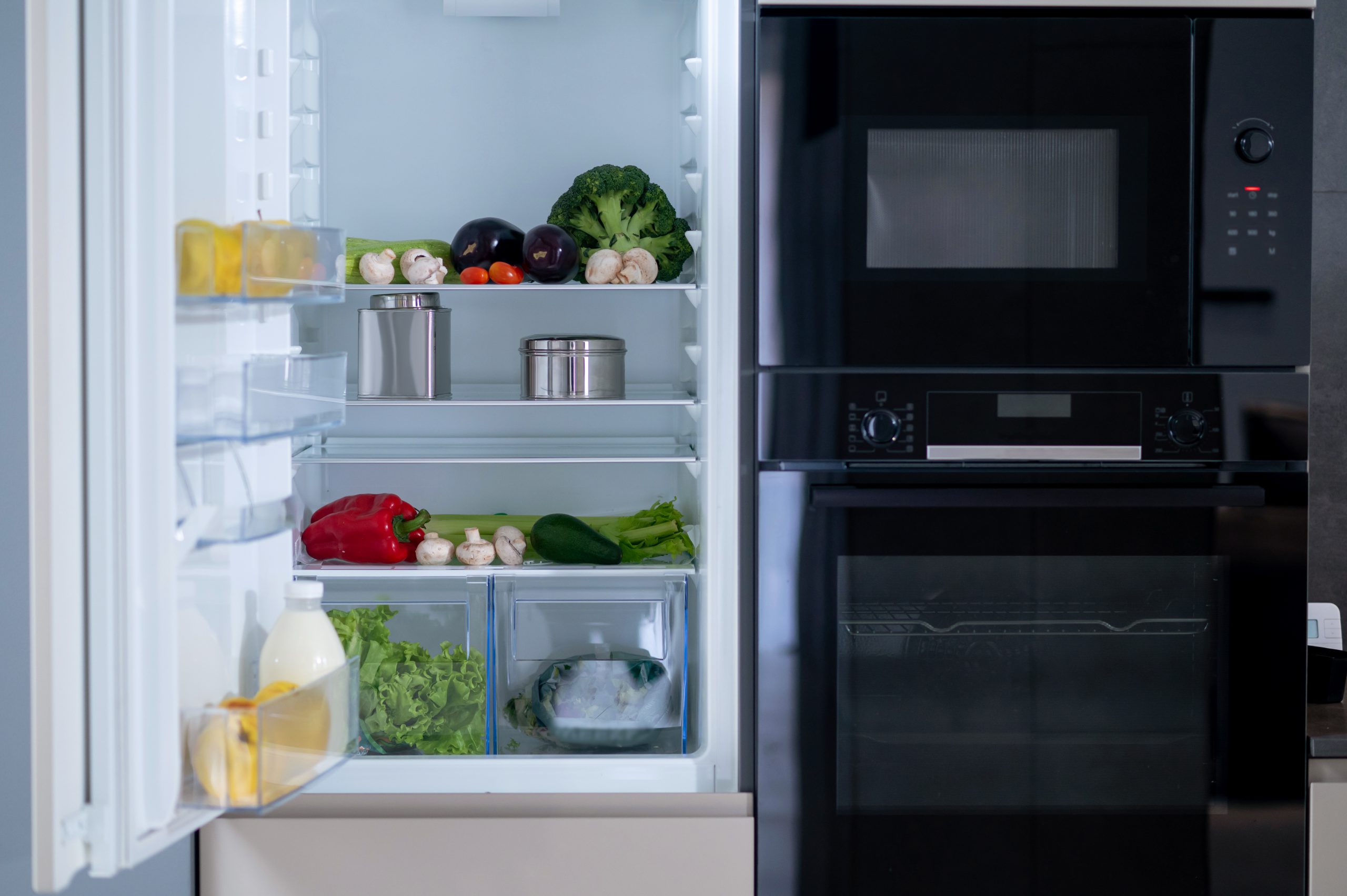This is part two of my Cooking Energy Saving series. This time we will talk a bit more about cooking, but also about the fridge!
Refrigerator
- Adjust the refrigerator temperature settings for different seasons. Check refrigerator setting by placing a thermometer in a jar of water and leaving in refrigerator overnight. In the morning, the temperature should read 34 to 40 degrees F. Adjust settings if necessary. Temperature settings usually need to be reduced in winter. The freezer should be between 0 and 5 degrees F.
- Your refrigerator should not be located near the stove, dishwasher, heat vents or exposed to direct sunlight. Check to be sure that air flow around your refrigerator is not obstructed.
- To reduce cooking time, defrost foods in the refrigerator prior to cooking.
Cooking
- For stove-top cooking, consider using a pressure cooker. By building steam pressure, they cook at a higher temperature, reducing cooking time and energy.
- Keep burner pans (the metal pans under the burners that catch grease) clean so they’ll be more effective at reflecting heat to the cookware. Blackened burner pans absorb a lot of heat, reducing burner efficiency.
- If you use electric burners, solid disk elements, and radiant elements under ceramic glass, use flat-bottomed cookware that rests evenly on the burner surface. The ideal pan has a slightly concave bottom because when it heats, the metal expands and the bottom flattens out. Electric elements are considerably less efficient if the pan does not have good contact.
- If you have a gas range, make sure that the gas burns blue. If the flame is yellow, the fuel is burning inefficiently and the range should be checked by the gas company.
